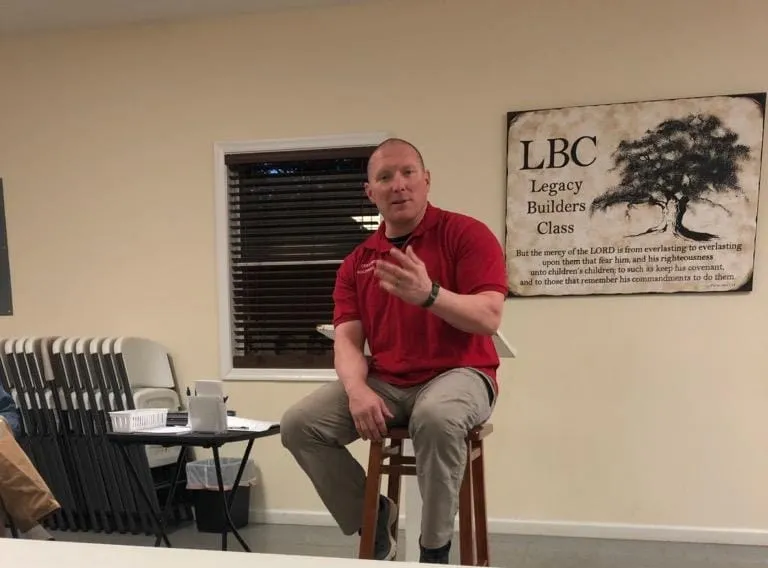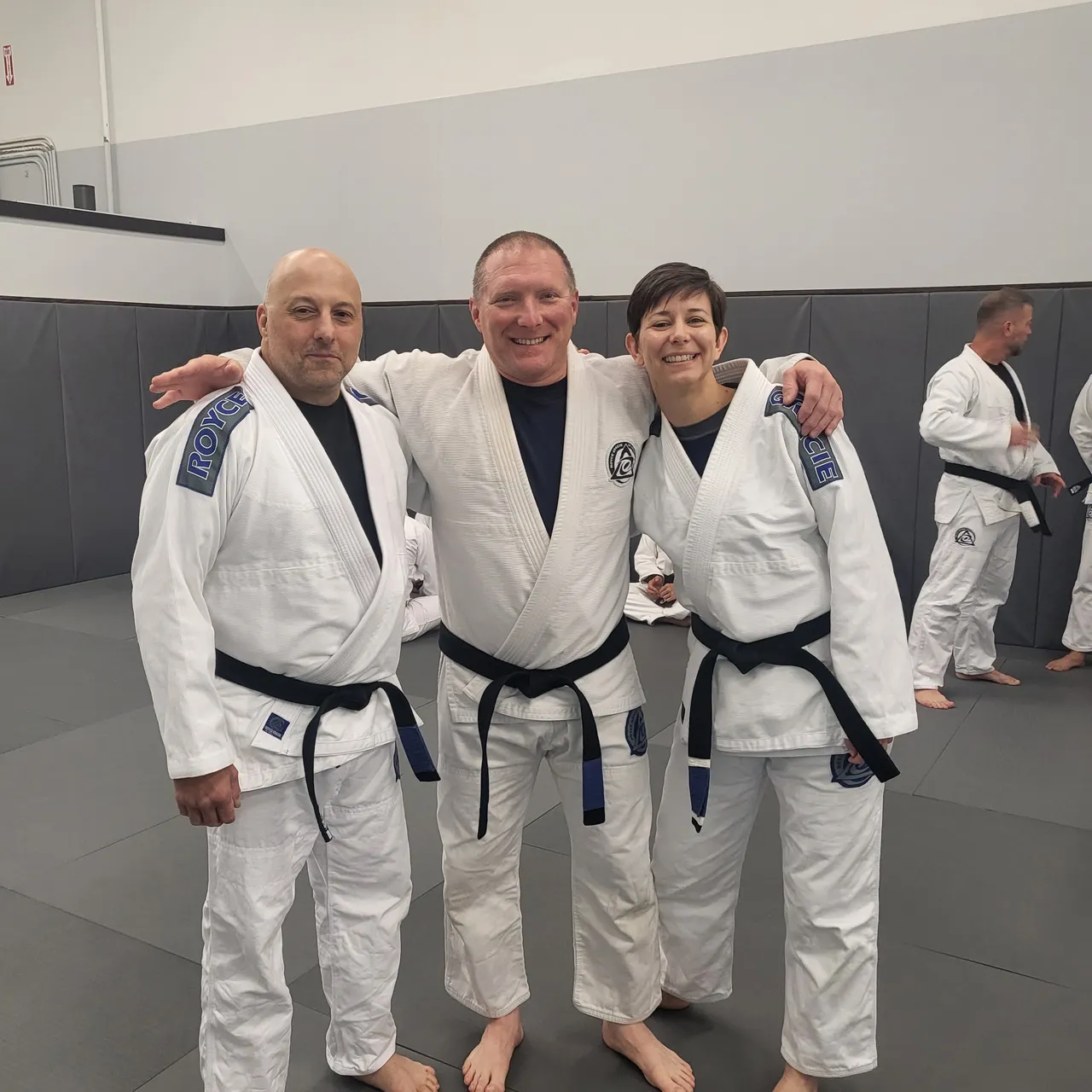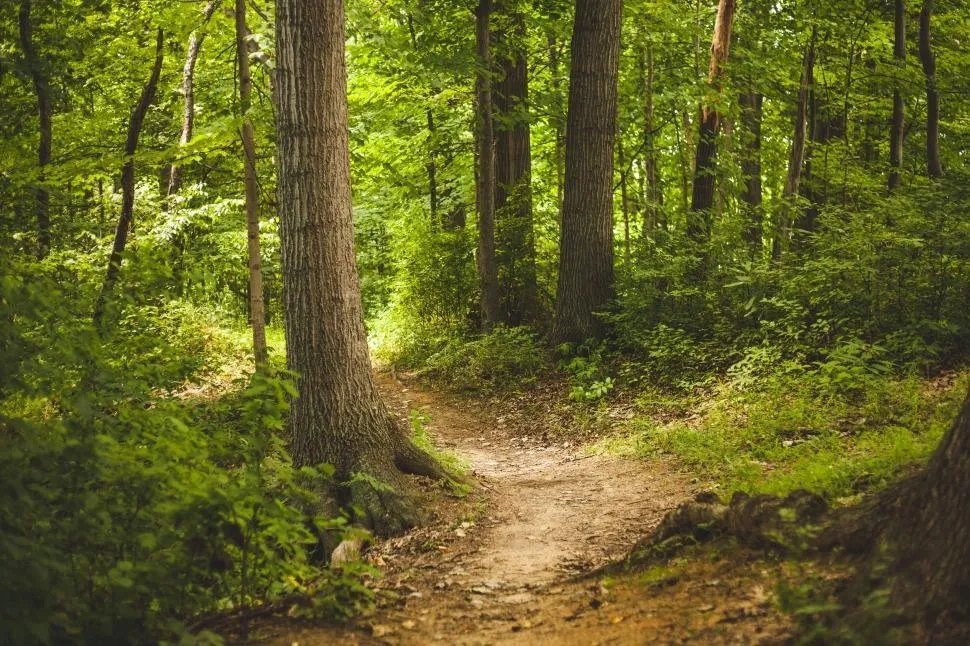
Situational awareness is a critical skill that extends beyond military or emergency response contexts. It’s a valuable trait for personal safety, professional success, and overall well-being. The concept of situational awareness is one that in recent years has begun to slip into the past. In today’s app-driven technological world, our attention span has been shortened to just a few seconds of a video before our brain cries out to move on. Situational awareness refers to the ability to perceive, comprehend, and anticipate events and developments in your environment. It involves paying attention to your surroundings, understanding the context, and making informed decisions based on the information available. Whether you’re navigating a crowded city, participating in a business meeting, or enjoying a social gathering, situational awareness can help you make better choices, react to unexpected events, and ensure your safety. Situational awareness enables you to make informed decisions quickly, whether it’s in a personal or professional setting.
Being aware of your environment can help you identify potential risks or dangers, allowing you to take action to avoid them. When you feel more in control of yourself and your surroundings, you can reduce anxiety and stress, making you more relaxed and focused. It allows you to be more attentive to the people around you, enhancing your interpersonal relationships, as you can better understand their needs and emotions. In today’s cell phone driven world, that often means unplugging from your distraction device and actually paying attention to what is going on around you. It’s easy to get lost in the digital realm. When you’re in a situation that requires awareness, put away your devices and limit distractions. If you practice defensive driving and pay attention to those around you on the road, you will notice a staggering amount of “drivers” who are looking at their cell phone while traveling! It will be a terrifying discovery when you realize just how many of your fellow road sharers aren’t actually watching the road! Disconnecting from our social media may not be a popular idea, but it is necessary to maintain awareness of what is going on around you. And that may require you to use all of your senses. Don’t rely solely on your vision. Pay attention to what you hear, smell, and even feel. Different senses can provide valuable information about your environment. You need to be aware of and constantly scan your environment. Continuously scan your surroundings, looking for anything unusual or out of place. Looking for someone that is unnecessarily nervous, wearing clothing that is out of place, or paying too much attention to you or someone else. Identifying someone as a potential threat will help you gain an advantage in dealing with a potential situation before it even begins. This habit can help you identify potential threats or opportunities and react before you become a victim. Removing yourself from an area that has indicators of a potential crisis occurring before it does so will keep you and your family safe.
Know where you are at the moment. Before entering a new environment, take a moment to plan your approach. Consider potential exit routes, safe spaces, and any other critical information that might be useful. Look for danger areas that do not allow you an avenue of escape, know the difference between cover and concealment and what types of material in your general area can offer one or both. Staying updated on current events, local news, and any relevant information about the area you are in is important. This will help you understand the broader context of your surroundings.
Trust your gut! Intuition is a powerful tool for situational awareness. When the small hairs on the back of your neck stand up, and your internal warning system (which we all have, whether it’s well-developed or not) starts to scream, you need to pay attention! If something doesn’t feel right, it probably isn’t! Listen to your instincts and take appropriate action. When engaging in conversations, actively listen to what others are saying and pay attention to non-verbal cues. This will help you understand people’s intentions and emotions. Listening to the conversations happening around you can give you pre-contact cues to a potential issue. If the people at the table next to you are having a contentious conversation and their tone, pitch and demeanors are starting to become aggressive, you can remove yourself from the area before it explodes on top of you.
Staying calm under pressure is a learned, trained, and necessary skill. In high-stress situations, it’s essential to stay calm. Panicking can cloud your judgment and diminish your situational awareness. You should constantly be “wargaming” your surroundings, just like you do when driving. Taking a class that offers simulation training with well-trained role players, defined goals and outcomes, and qualified instructors will help you in learning to stay calm under pressure. When you’re headed to work and you see that car about to pull out in front of you, you are already formulating a response plan of hitting the brakes, smashing the horn, and extending that specific finger that signals your irritation to the inattentive driver. Thinking to yourself that “if this person cuts off my line of direction and approaches me, I can move to this spot, that spot, or retreat to where I was”, is not paranoia, it’s preparedness. Situational awareness isn’t just about observation; it’s also about adaptation. Be prepared to adjust your actions based on the information you gather. That could mean an escalation of escape, use of necessary force, or a de-escalation through leaving the area, use of verbal skills, or other means. Situational awareness is a skill that can be developed and honed over time. It is not a superpower but a conscious effort to stay present and alert in your surroundings. Whether you’re in a business meeting, walking down the street, or even driving your car, maintaining situational awareness can enhance your safety, decision-making abilities, and overall quality of life. So, start practicing these tips today, and watch as your situational awareness becomes a valuable asset in various aspects of your life.




